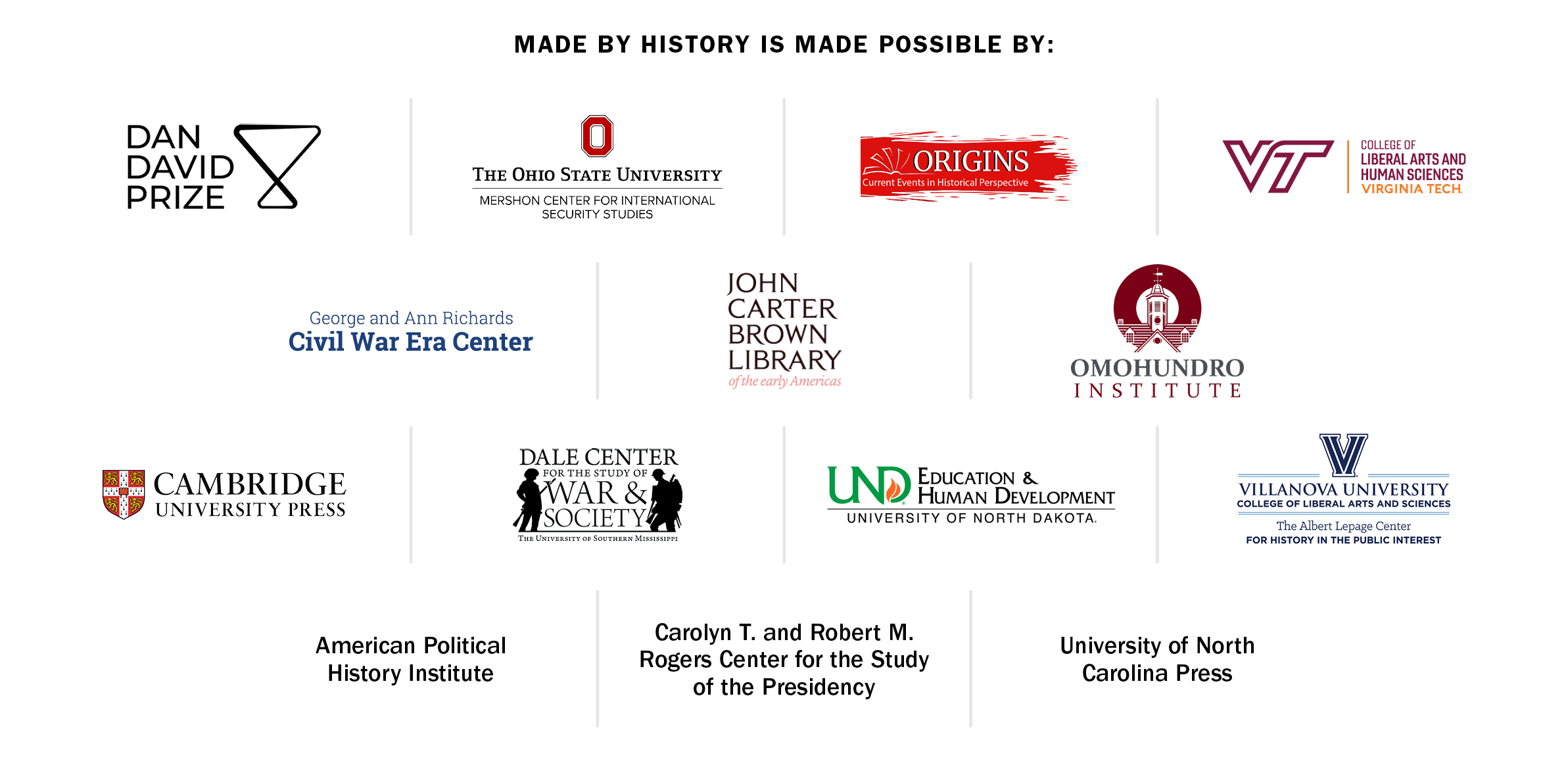
In 1981, physicist Richard Feynman first theorized the creation of quantum computers that harnessed the principles of quantum physics to process calculations that would take standard computers millennia or longer to compute. Over the next four decades, however, research failed to advance significantly enough for the machines to have much impact on society.
But breakthroughs in 2023 signaled that quantum computers have embarked on a new era, one that may unleash a technological revolution full of possibilities—some good and some bad. On the positive side, quantum computers could lead to the development of new drugs to combat cancer. On the negative side, however, they can break the encryption we use multiple times per day for everything from sending texts to financial transactions.
But this isn’t the first quantum race in history that pitted the U.S. against its adversaries—and the past provides a guide for how the U.S. can win the coming computing revolution. In the 1940s, a quantum race produced the creation of nuclear weapons and unleashed a technology explosion. Crucially, the U.S. won the competition to harness the new technology. Not only did American scientists create the first nuclear weapons, but advancements in lasers and in chips for computers made the U.S. the home for global innovation.
That only happened, however, because policymakers supplied the funding and support necessary to ensure superiority. In 2024, by contrast, a key quantum funding bill has stalled while allies and adversaries are sinking billions into quantum research and development. Without action, history shows that the U.S. risks falling behind especially in leadership for the revolutionary power of quantum technologies.
Quantum physics developed in Europe in the 1920s and 1930s. As World War II erupted in the 1930s and 1940s, German, Hungarian, and Italian physicists escaped to the U.S. Many of them joined J. Robert Oppenheimer and his American colleagues in the Manhattan Project—which birthed the atomic bomb and simultaneously elevated the U.S. as the home for quantum science.
In the ensuing decades, Feynman and other scientists who cut their teeth on the Manhattan Project inspired profound innovation from quantum physics that became woven into the fabric of American life. The first quantum revolution created nuclear weapons and energy, global positioning systems, lasers, magnetic resonance imaging, and the chips that would power the rise of the personal computer.
Read More: Quantum Computers Could Solve Countless Problems—And Create a Lot of New Ones
Although many countries like the Soviet Union built nuclear weapons, none rivaled the U.S. in pioneering innovation. The Soviet launch of Sputnik in 1957 and the space race produced an explosion of federal funding for science and education that was at the root of American success. Further, the Department of Defense provided crucial sponsorship for visionary, but risky, research that developed the internet, stealth capabilities, and voice assistants like Siri. This combination propelled the U.S. to unparalleled innovation heights in the decades after World War II.
The technologies born from the first quantum revolution were at the core of American national defense, and also reshaped civilian life in the U.S., most especially through the development of personal computers and the Information Revolution.
But even as personal computers were beginning to revolutionize American life in 1981, Feynman insisted in a pivotal lecture that something more was possible. He argued that a quantum computer — with processing power magnitudes greater than even the highest performing computer then in existence — offered the only way to unlock the true knowledge of the world. Feynman admitted, however, that building such a machine required staggering complexity.
The ensuing four decades have proved him correct on the obstacles involved. Designing a quantum computer required tremendous advances in theory as well as materials and components. Since the 1980s, progress has crept along, and many joked that quantum computers would always be 10 to 20 years away.
In 1994, mathematician Peter Shor discovered an algorithm that created a method for a quantum computer to calculate the large prime numbers used in encryption. Despite this breakthrough, the pace of developments since Shor’s discovery has remained glacial. Persistent funding from the National Security Agency and the Department of Defense — especially the former — has sustained innovation, but the results have been uneven, because scientists have been unable to build a quantum computer that wasn’t plagued by errors.
In the past 10 years, private technology companies such as IBM, Google, and Microsoft have made significant investments in quantum computing, which have pushed the field to new heights of maturity and accelerated a global race for quantum dominance — one with major national security and cybersecurity implications.
Even so, today’s quantum computers still have yet to outperform standard computers due to regular errors caused by radiation, heat, or improper materials. These errors make quantum computers useless for things like, for example, designing new drugs, because scientists can’t replicate an experiment accurately. But all of that is changing quickly.
Advances by IBM and a Harvard team in 2023 demonstrated that error correction is on the horizon and the era of quantum utility has arrived. In July 2023, IBM announced peer reviewed evidence from experiments that indicated the company had made strides in mitigating the errors that have long plagued quantum computing. A few months later in December, a Harvard team and the company QuEra published encouraging results from experiments that showed they too had developed a quantum process with enhanced error-correction.
Read More: How the AI Revolution Will Reshape the World
But it’s not only American companies and universities trying to figure out how to mitigate the errors that have limited the possibilities of quantum computers. Over the last 15 years, Chinese physicists have undertaken an ambitious program aimed at making their country the world leader in quantum technologies. One estimate pegs China — which has invested over $15 billion in the project — as a leader or near equal to the U.S. in this new realm of science. In 2023, results from experiments suggested that Chinese physicists were notching impressive achievements that may enable them to construct a quantum computer that could outpace those developed in the U.S.
The consequences of Chinese superiority in this realm would be seismic. The U.S.’s foremost adversary would then be able to crack the encryption Americans use every day for secure internet traffic and messaging, and which the U.S. government and its allies use to protect secret communications. One organization projects that the world has a mere six years before this capacity exists. Other estimates insist that date is as far as 10 years away. But it is coming fast.
That means the U.S. has to get out ahead of this impending technology to forestall disastrous consequences in every realm of American life. In May 2022 the White House announced plans to prepare the nation for post-quantum encryption alongside efforts being undertaken by private companies like Apple and Google. But Congress failed to renew a landmark federal funding bill for quantum research and development in 2023. Meanwhile, China and European countries are not flinching at devoting billions to quantum.

Quantum computing breakthroughs in 2023 herald a bright future that will transform life and economics. Technology sits on the cusp of fulfilling Feynman’s vision and understanding the world and universe unlike ever before. An error-correcting quantum computer would launch the second quantum revolution, and a race is on to preserve the U.S.’s leadership in science for one of the 21st century’s most prized technologies. To win that race, the federal government needs to make a concerted push to sustain American preeminence in quantum computing and other quantum technologies like sensing. That’s how the U.S. won the first quantum revolution and the stakes are too high not to learn from this past triumph.
The opinions are those of the author and do not necessarily represent the opinions of LLNL, LLNS, DOE, NNSA, or the U.S. government.
Brandon Kirk Williams is a senior fellow at the Center for Global Security Research at Lawrence Livermore National Laboratory.
Made by History takes readers beyond the headlines with articles written and edited by professional historians. Learn more about Made by History at TIME here. Opinions expressed do not necessarily reflect the views of TIME editors.
More Must-Reads From TIME
- Putin’s Enemies Are Struggling to Unite
- Women Say They Were Pressured Into Long-Term Birth Control
- What Student Photojournalists Saw at the Campus Protests
- Scientists Are Finding Out Just How Toxic Your Stuff Is
- Boredom Makes Us Human
- John Mulaney Has What Late Night Needs
- The 100 Most Influential People of 2024
- Want Weekly Recs on What to Watch, Read, and More? Sign Up for Worth Your Time
Write to Brandon Kirk Williams / Made by History at madebyhistory@time.com
